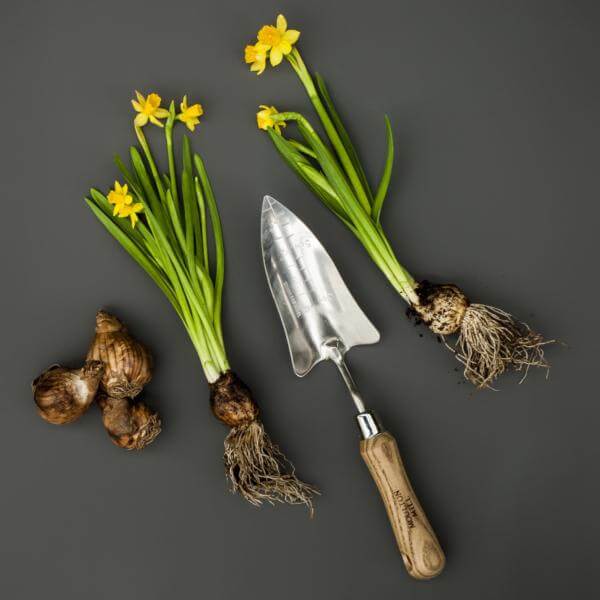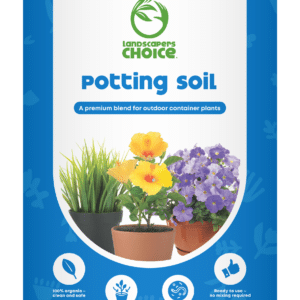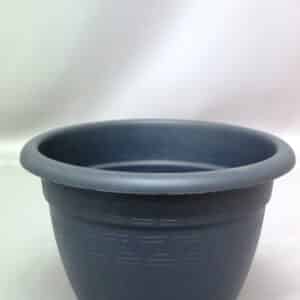A host of golden daffodils
Flowering plants

Over 200 years ago William Wordsworth praised their beauty in one of the best known poems in the English language, and daffodils remain a gardening favourite today. Daffodils (also known as jonquils) are members of the narcissus genus of bulbous perennials and grow naturally in the fields and woods of Europe, North Africa and West Asia.
Each daffodil bulb sprouts a leafless stem and can produce up to 20 flowers per bulb. The flower consist of two parts: the inner corona is shaped like a bell and the outer perinath forms a ring of six sepals. Depending on the species, the corona and perianth may be the same colour, or they may differ in colour. Daffodils flower in late winter and early spring, which explains their German name “Osterglocke”, which means Easter bell, as their blooms tend to coincide with Easter in the Northern Hemisphere.
Here are a few tips to get your daffodils to bloom profusely in spring :
- Daffodils are best planted in late April or May. Before that, the soil is likely to still be too warm.
- Plant daffodil bulbs about 15cm deep, with the pointy end of the bulb facing upwards.
- Water your daffodil bulbs regularly – they need a good soaking at least every second day.
- Feed daffodil bulbs with bulb food immediately after planting and once every two weeks after that.
- They can be grown in containers, garden beds, or planted directly into the lawn. Planting in the lawn extends their flowering season, but keep in mind that you will not be able to mow this section of the lawn while they are in flower.
You might also like
Shop online
-
AQUAFIX 500G
- R189.99
- Add to cart Learn More
-
PLASTIC POT CAMPANA BELL ANTHRACITE 15CM – 32CM
- R39.99 – R299.99
- Select options This product has multiple variants. The options may be chosen on the product page Learn More




